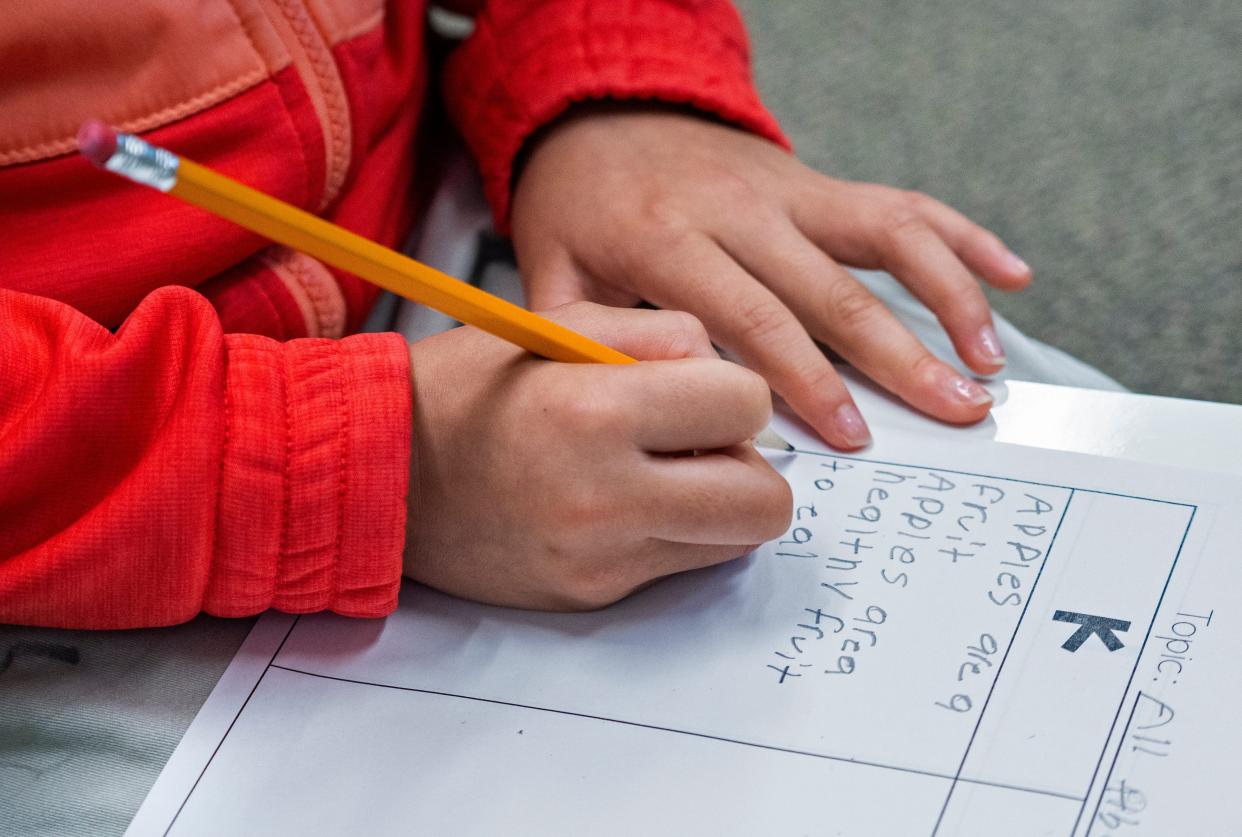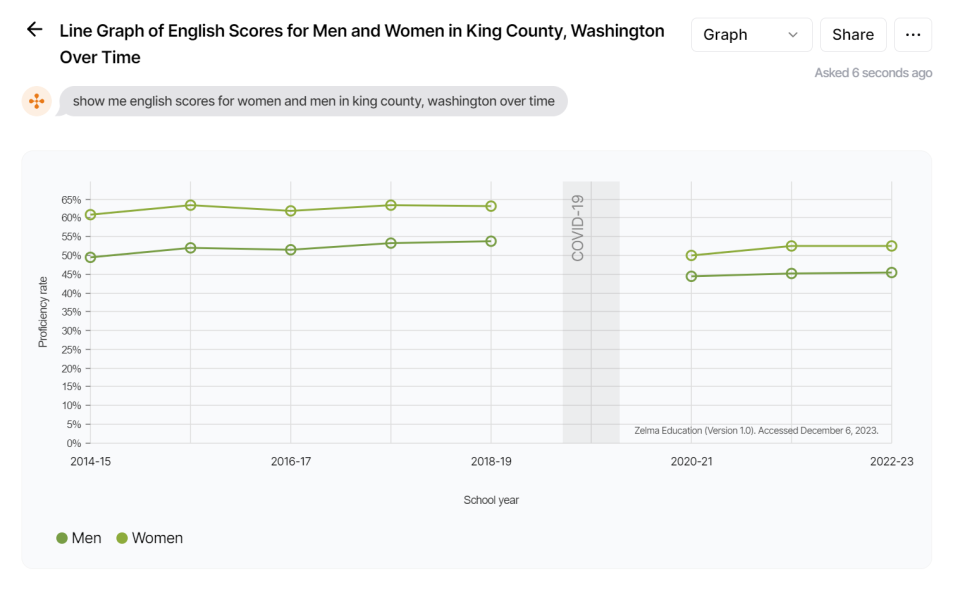This new AI tool lets you compare your school district's test scores with others in-state

A recently launched, AI-driven tool gives parents, educators and policymakers access to state assessment data across all 50 states and Washington, D.C.
Zelma, a partnership between Brown University and Novy, allows anyone to get up-to-date insights and visualizations of student performance data in the form of charts, graphs and tables.
Creators say the app allows users to conversationally query data, similar to a search engine or chatbot. The data includes math and English language arts assessments from grades 3 to 8. There is currently no performance data available at the high school level.
Student loan debt: Some who took out parent PLUS loans to send their kids to college expect to die with debt
What does the app show?
Although every state is required to participate in standardized testing, accessing the results can be tricky. Not all results are available online, nor are they presented uniformly. Zelma is working to bridge the data gap by allowing users to compare between subgroups like gender or race/ethnicity within a state or school district, as well as explore comparing district outcomes across subjects over time.
If a teacher working in Seattle Public Schools is interested in English performance scores for the girls in the county, they can ask: "Show me English scores over time for women and men in King County, Washington.”

Zelma is an extension of the COVID-19 School Data Hub, led by Brown University Professor, Dr. Emily Oster.
Oster said that educators, parents and state officials should all have access to information regarding their local school systems. "I'm very excited about the potential Zelma has to increase data literacy, improve our collective understanding of how our schools are performing, and inform how we continue to work to serve students nationwide," Oster shared.
Test scores in US: Education in US and around the world suffered historic setbacks due to COVID pandemic
It's not as easy as ABC: Some schools are changing how they grade students.
Where does the data come from?
The assessment data comes from all 50 states and Washington, D.C. for students in grades three through eight. The data is compiled from individual state education agencies and highlights over 13,000 school districts. However, states vary in the years and data that are publicly available. For example, some states do not report data by race/ethnicity.
It's important to note that the assessment data is not comparable across state lines, because each state administers distinct assessments based on specific-standards. Rather, users can identify trends and outcomes across districts and schools within the same state, according to Zelma.
This article originally appeared on USA TODAY: What is Zelma? AI tool compares school district test scores by state

